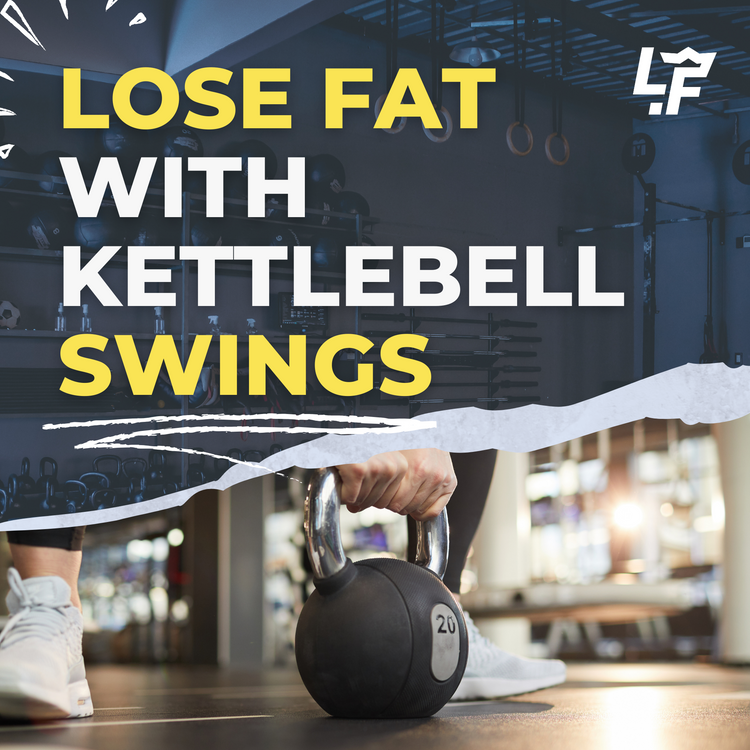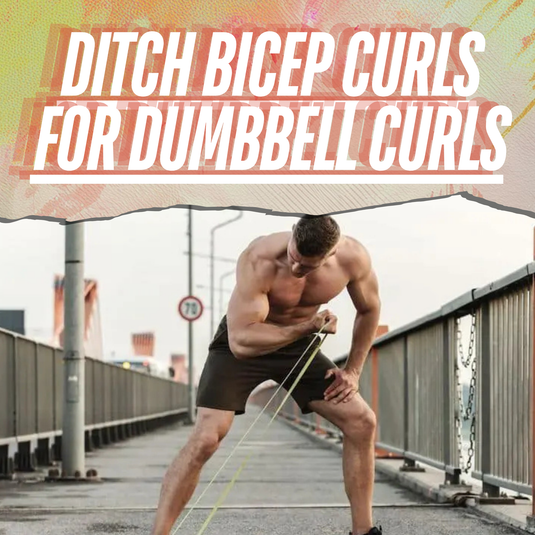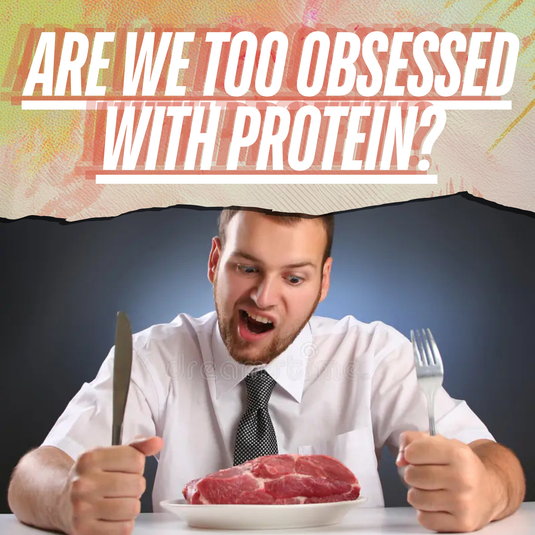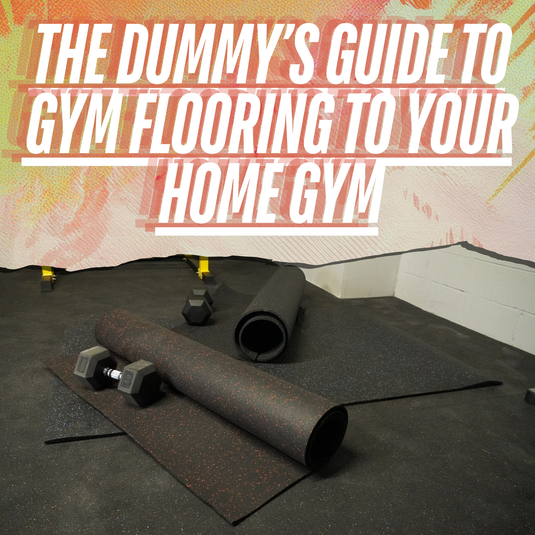Kettlebell Swings for Fat Loss: Is It Effective?

⏱️ Estimated Read Time: 6 minutes
🧠 TL;DR
- Kettlebell Swings for Fat Loss: Is It Effective? offers effective, accessible movements for targeted results.
- This guide is designed to help you move smarter, build strength, and stay consistent.
✍️ Summary
This post explores kettlebell swings for fat loss: is it effective? in a way that’s actionable and easy to follow. Whether you're new to this style of training or leveling up, it includes practical takeaways for your routine.
📚 Table of Contents
If you're on a mission to lose belly fat, kettlebell swings can be a powerful tool in your fitness arsenal. In this comprehensive guide, we will delve into the science behind using kettlebell swings for fat loss and provide you with a step-by-step plan to help you achieve your fitness goals.
Understanding Belly Fat
Before we dive into the world of kettlebell swings, it's essential to understand the different types of belly fat.
Subcutaneous Fat, aka The Visible Fat
Subcutaneous fat is the fat you can pinch. It lies beneath the skin, creating the softness you can feel when you touch your belly. Although it may not be as problematic for health as visceral fat, it can still affect your self-image.
Reducing subcutaneous fat primarily involves creating a caloric deficit through exercise and dietary changes. Kettlebell swings can be an excellent addition to your workout routine to burn extra calories.
Visceral Fat, aka The Hidden Fat
Visceral fat is the hidden, more dangerous fat surrounding organs in your abdominal cavity. Excess visceral fat is linked to various health problems, including heart disease, diabetes, and certain cancers. It's not something you can pinch because it's deep within your body.
Visceral fat is metabolically active, releasing hormones and chemicals that can lead to inflammation and insulin resistance. This, in turn, can increase the risk of chronic diseases.
The Science of Kettlebell Swings for Fat Loss
Now, let's explore why kettlebell swings are a powerful tool for losing belly fat. Kettlebell swings for weight loss are effective due to their high-intensity nature and ability to burn calories rapidly.
Metabolic and Cardiovascular Benefits
Kettlebell swings are an exceptional cardiovascular exercise. They engage your heart and lungs, enhancing your cardiovascular fitness. As you swing the kettlebell, your body burns a significant number of calories, making it an effective exercise for fat loss.
Burn More Calories
Kettlebell swings can be a high-intensity exercise, burning up to 20 calories per minute, making them one of the most efficient calorie-burning exercises.
Improving Power and Strength
A study published in the Journal of Strength and Conditioning Research found that kettlebell swings can improve lower body power and strength, which is essential for fat loss (Lake et al., 2012).
Preparing for Kettlebell Swings
Before you jump into kettlebell swings, it's crucial to make the proper preparations
Choosing the Right Kettlebell Weight
To maximize the effectiveness of kettlebell swings, you need to choose the appropriate weight. This weight should be challenging but not so heavy that it compromises your form.For beginners, a kettlebell weight of 8-16 kilograms (18-35 pounds) is a good starting point.
Remember, it's crucial to prioritize proper form over lifting a heavy kettlebell. A weight you can control will deliver better results and reduce the risk of injury.
Proper Form
Proper form is your ticket to getting the most out of kettlebell swings while minimizing the risk of injury.
To perform a kettlebell swing correctly, follow these key points:
- The Hip Hinge
Initiate the swing by driving your hips back and thrusting them forward. The power for the swing comes from your hip hinge, not your arms. This is crucial for effective kettlebell swing fat loss.
Maintain a neutral spine to protect your lower back and ensure efficient energy transfer from your lower body to the kettlebell.
Before embarking on a kettlebell swing session, it's essential to prepare your body. A proper warm-up helps to increase blood flow to your muscles, improves joint mobility, and mentally prepares you for the workout ahead.
Engage in dynamic stretches that mimic the movements you'll be doing in your workout. Leg swings, arm circles, and hip rotations are excellent choices.
Incorporate bodyweight exercises like squats, lunges, and push-ups to activate the major muscle groups engaged during kettlebell swings.
Proper Kettlebell Swing Technique
Executing kettlebell swings with the correct technique is essential for achieving your belly fat loss goals.
Here are the stages of a kettlebell swing, explained in detail
Set-Up
The set-up is crucial because it positions your body correctly to initiate the swing. Start with your feet shoulder-width apart and place the kettlebell slightly before you. As you hinge at your hips to reach for the kettlebell, keep your back flat and maintain a neutral spine. This is the starting point of a successful swing.
The Hip Hinge
The hip hinge is the heart of a kettlebell swing, where the power comes from. The hip hinge involves pushing your hips back while maintaining a neutral spine. It's essential to understand that the movement should come from the hips, not the knees. The force generated by your hip hinge is what propels the kettlebell.
Imagine you're closing a car door with your hips. Push them back, and then thrust them forward powerfully, propelling the kettlebell upward.
The Swing
As your hips drive forward, the kettlebell will naturally swing up. Keep your arm extended, and engage your core. The energy from the hip hinge is transferred to the kettlebell, causing it to rise.
At this point, the kettlebell should be weightless in your hands, and it should float momentarily at the top of the swing before it starts its descent.
The Float
When the kettlebell peaks at the top of the swing, it should briefly float before beginning its descent. This moment of weightlessness results from the kinetic energy generated by your powerful hip hinge.
The Down Swing
As the kettlebell starts its descent, you allow it to swing back between your legs, controlled by the power of your hip hinge. This phase is as crucial as the upward swing; proper form must be maintained to avoid injury.
Repeat
The kettlebell swing is a continuous, rhythmic motion. You'll swing the kettlebell up, let it float momentarily at the top, and then guide it down using the hip hinge. The key is maintaining the fluidity and power generated from your hips throughout the entire set.
Creating a Belly Fat Loss Kettlebell Workout Plan
To lose belly fat effectively, you need a structured workout plan that includes kettlebell swings for fat loss.
The number of sets and repetitions for your kettlebell swing workout depends on your fitness level:
Beginners
Start with three sets of 10-15 swings per set. Take adequate rest between sets to recover and maintain proper form.
Intermediate
Progress to four sets of 15-20 swings. As you gain experience, you can decrease the rest intervals.
Advanced
Aim for five sets, 20-25 swings with minimal rest between sets. To challenge your body further, consider increasing the weight of the kettlebell.
Kettlebell Swing Variations to Try
To prevent boredom and plateaus, add variations to your kettlebell swing routine:
One-Arm Kettlebell Swing
Perform the swing with one arm, which adds an element of rotational stability and targets the obliques.
How to do it
- Stand with your feet shoulder-width apart, placing the kettlebell slightly in front of you.
- Hinge at the hips to grasp the kettlebell with one hand.
- Swing the kettlebell between your legs, then powerfully thrust your hips forward to swing it to chest height.
- Keep your arm extended and core engaged.
- Repeat the movement with the same arm for the desired repetitions before switching to the other arm.
Benefits
- The one-arm kettlebell swing enhances rotational stability and challenges your core and balance.
- It is an effective progression for building single-arm strength.
Muscles Targeted
- Core, glutes, and hamstrings are the primary focus. The unilateral nature of this exercise also engages the obliques.
Kettlebell Swing to Goblet Squat
Combine the swing with a goblet squat for a full-body exercise that targets the quads, glutes, and core.
How to do it
- Start with a standard two-handed kettlebell swing.
- At the peak of the swing, gently guide the kettlebell to your chest.
- Hold it close to your body as you perform a goblet squat.
- Push through your heels to return to a standing position.
Benefits
- Combining the swing with a goblet squat creates a more challenging full-body exercise.
- It targets your quads, glutes, and core while improving flexibility.
Muscles Targeted
- Quads, glutes, core, and shoulders are the primary muscle groups in this compound movement.
Kettlebell Snatch
A more complex movement where the kettlebell is swung to an overhead position, engaging the shoulders, core, and legs.
How to do it
- Start with the kettlebell between your legs.
- Swing the kettlebell up and transition it into an overhead position in one fluid motion.
- Lock your arm out overhead and bring the kettlebell down to the starting position.
- This exercise can be complex, so proper form and technique are crucial.
Benefits
- The kettlebell snatch is a dynamic full-body exercise that enhances power and explosiveness.
- It challenges your shoulder stability and can be a great addition to your workout routine.
Muscles Targeted
- Shoulders, core, glutes, and hamstrings are the primary muscles engaged in the kettlebell snatch
Rest Periods
Rest periods are essential to maintain the quality of your swings and avoid overexertion. While the duration of rest can vary based on your fitness level and goals, remember not to rush through your recovery periods.
Progressive Overload to Keep Challenging Yourself
As your fitness level improves, it's important to gradually increase the volume and intensity of your swings.
You can achieve this through several methods
- Gradually add more repetitions to your sets.
- Shorten your rest periods between sets.
- Gradually increase the weight of your kettlebell as you become stronger.
Tracking Your Progress
Monitoring your progress is essential to staying motivated and on track
- Tracking Inches Lost
One of the most tangible ways to measure your progress is by tracking changes in your waist circumference. Regularly measure your waist to monitor changes over time.
- Use a flexible measuring tape and measure around your waist, just above your hip bones.
- Measure your waist at regular intervals, such as every two weeks.
- Photographic Evidence to See the Transformation
Take before-and-after photos to visually assess your progress. These photos can provide a compelling visual representation of your hard work and success.
Stay Consistent
- Ensure you maintain the same lighting, angles, and poses in your photos to maintain accuracy.
Keep Documenting the Progress
Maintaining a workout and nutrition journal can be a powerful tool for staying accountable and tracking your achievements, challenges, and goals.
In your journal, record the following
- Document your workout routine, including the number of sets, repetitions, and any variations you incorporated.
- Note what you eat, how much, and the timing of your meals. Be honest and precise.
- Record how you felt during your workouts and any observations related to your energy levels, mood, or cravings.
Diet and Nutrition Play Major Role in Belly Fat Lose

Exercise alone won't help you lose belly fat; a balanced diet is equally important.
Caloric Deficit is Key to Fat Loss
To lose fat, you must create a caloric deficit. This means consuming fewer calories than you burn. Calculate your daily caloric needs and create a manageable deficit to support fat loss.
Calculating Your Caloric Needs
Use an online calculator to estimate your daily caloric expenditure based on factors like age, gender, weight, and activity level.
Make Healthy Choices
Your food choices play a significant role in fat loss. Focus on the following dietary principles.
- Incorporate whole foods like fruits, vegetables, lean proteins, whole grains, and healthy fats into your diet.
- Protein is essential for maintaining and building muscle while supporting fat loss. Include sources like chicken, turkey, fish, lean beef, and plant-based options.
- Vegetables are low in calories and high in fiber, making them an excellent choice for satisfying your appetite and supporting weight loss.
Consider Metabolism Boosters
Foods can help boost your metabolism, potentially aiding in belly fat loss. Consider incorporating the following into your diet:
- Green Tea: The compounds in green tea, particularly catechins, are known to enhance metabolism and support fat oxidation.
- Lean Protein: The thermic effect of food (TEF) of protein is higher than that of fats or carbohydrates, meaning your body expends more energy digesting it.
- Spicy Peppers: Capsaicin, the compound responsible for the spiciness of peppers, can increase metabolism and promote fat loss.
Stay Hydrated
Staying hydrated is vital for overall health and can support your weight loss journey. Water helps maintain bodily functions and aids in the digestion and absorption of food.
Avoid Sugary Beverages: sugary drinks are calorie-dense and offer little nutritional value. Opt for water, herbal teas, or other low-calorie beverages instead.
Other Important Tips for Losing Belly Fat
Consider these additional tips to enhance your belly fat loss journey
Have Proper Sleep
Quality sleep is vital for effective fat loss. During deep sleep, your body repairs and rebuilds tissues, crucial for muscle recovery and fat loss.
- Aim for 7-9 hours of quality sleep each night. Create a sleep-conducive environment by keeping your bedroom cool, dark, and quiet.
- Try to go to bed and wake up at the same time every day to regulate your body's internal clock.
Stress Management
High stress levels can lead to weight gain and hinder fat loss. Chronic stress triggers the release of cortisol, a hormone that can promote abdominal fat storage.
- Incorporate stress-reduction practices into your daily routine. Techniques like meditation, deep breathing, yoga, and progressive muscle relaxation can help lower stress levels.
Seeking Expert Guidance
If you have underlying health issues or concerns, consult a healthcare professional before starting a new exercise routine. They can provide personalized advice and ensure you're taking the right approach to belly fat loss.
- If you have any medical conditions or are taking medications, consult your healthcare provider before significantly changing your exercise or diet routine.
Set Realistic Goals
Understand that spot reduction (losing fat from a specific area) is challenging. Instead, focus on overall fat loss, which will naturally lead to a decrease in belly fat. Will kettlebell swings burn belly fat? Yes, when combined with a balanced approach.
- SMART Goals: Set Specific, Measurable, Achievable, Relevant, and Time-bound goals. This approach will help you stay focused and motivated.
Safety Considerations for Belly Fat Lose
To reap the benefits of kettlebell swings safely, consider the following:
Proper Form
Maintaining proper form is essential to prevent injuries during kettlebell swings. Prioritize the following:
- Hinge at the Hips: Focus on your hip hinge as the primary source of power, not your knees or lower back.
- Neutral Spine: Keep your back flat and your spine neutral to protect your lower back.
Common Mistakes to Avoid
It's easy to fall into common mistakes when performing kettlebell swings. Be aware of these errors to ensure your safety:
- Overusing the Arms: Kettlebell swings are not about lifting with your arms. The power should come from your hips.
- Neglecting Core Engagement: Your core muscles are essential for stability. Failing to engage them can lead to back strain.
Health Considerations
If you have underlying health issues, consult a healthcare professional before starting a new exercise routine. They can provide guidance on what's safe and appropriate for your specific situation.
- Cardiovascular Conditions: Individuals with heart conditions or high blood pressure should exercise caution and seek medical advice before starting intense workouts.
- Back Problems: Those with a history of back problems or pain should consult a healthcare provider before engaging in kettlebell swings.
Conclusion
Losing belly fat with kettlebell swings is not just about aesthetics; it's about improving your overall health and well-being. By understanding the science, mastering the technique, maintaining a balanced diet, and adopting a healthy lifestyle, you can achieve your desired results. Remember that consistency, patience, and the correct information are the keys to success in your quest to lose belly fat.
As you embark on this journey, remember that spot reduction, or losing fat from a specific area, is impossible. Overall fat loss through kettlebell swings is a path to better health and a trimmer waistline.
Helpful Resources:
-
Be alerted when we publish more like this to our blog here
-
Daily workout plans here
-
Fitness Equipment like resistance bands, pull up bars, etc here
-
Free kettlebell workouts here
-
Follow along with $1 video workouts here
Want more guidance? Check out our Weekly Dumbbell Workout #1.
📝 FAQs
How often should I do these exercises? +
2–3 times per week is a good starting point for most people.
Do I need equipment? +
Many of these can be done with just your bodyweight or a single kettlebell or dumbbell.
Can beginners do these routines? +
Yes! These movements are designed to scale with your fitness level.






Great info about safety consideration on Kettlebell use…
Keeping healthy and fit is the best way to live a life knowing exercise and proper diet is worth the effort.
Great Post!
Great post!